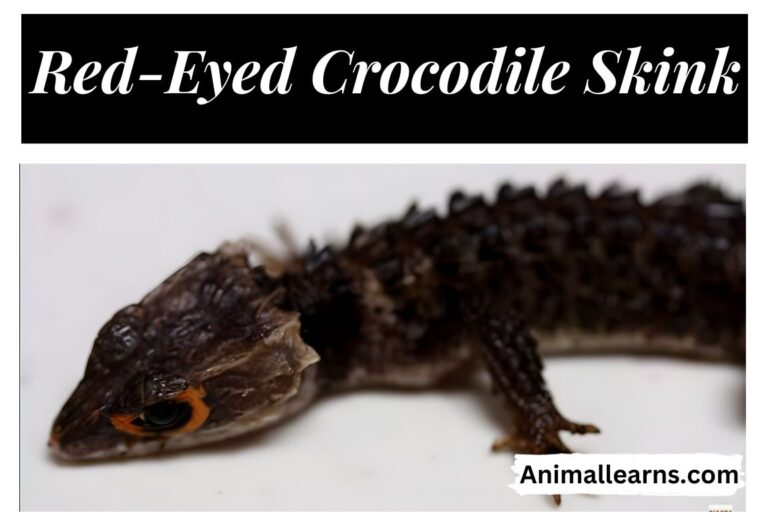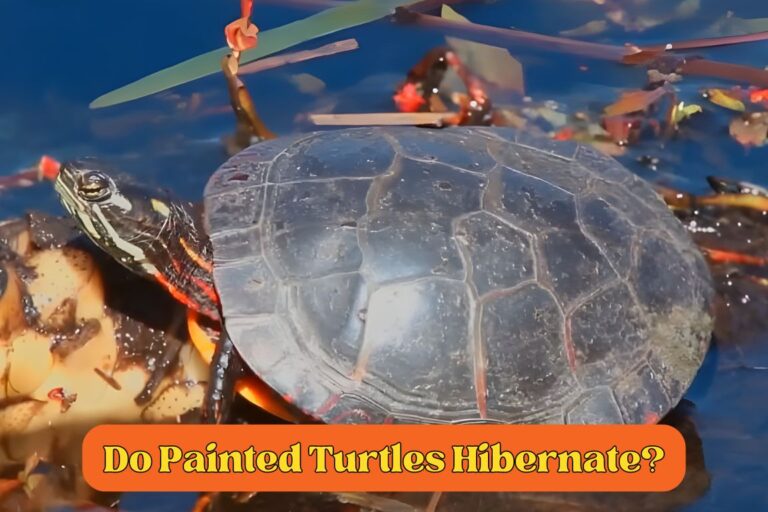Are Turtles Reptiles or Amphibians?

Are Turtles Reptiles or Amphibians? is a question and the answer is Unbelievable, turtles are unquestionably reptiles and not amphibians. Compared to frogs or salamanders, they are more like crocodiles, lizards, and snakes.
A turtle is classified as a reptile because it has four legs (or sometimes fins), is cold-blooded, and its body is covered in tough, impermeable scales. Interestingly, turtles lay their hard-shelled eggs on land even though they spend a large portion of their life in the water.
The young turtles that hatch from these eggs resemble their adult counterparts but are smaller and less mature. Turtles are related to other members of the reptilian family, such as crocodiles, snakes, lizards, and tuataras, due to their unique traits, which include their cold-blooded metabolism, protective shells, and need for lungs for breathing.
Difference Between Reptiles and Amphibians
Contents
- 1 Difference Between Reptiles and Amphibians
- 2 Are Turtles Reptiles or Amphibians?
- 3 What is a turtle?
- 4 What about sea turtles?
- 5 What Animals are Classified as Turtles?
- 6 What’s the Difference Between Turtles, Tortoises, and Terrapins?
- 7 Are Turtles a Good Idea for a Children’s Pet?
- 8 What makes reptiles and amphibians special?
- 9 Do All Turtles Have Shells?
- 10 Conclusion
- 11 FAQs
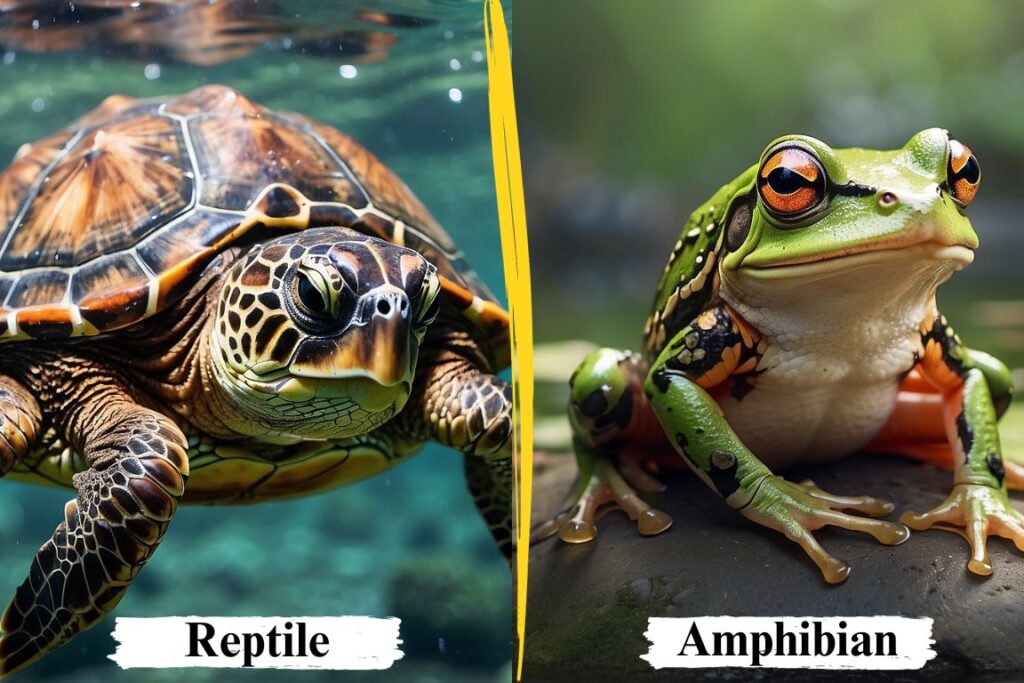
| Feature | Reptiles | Amphibians |
| Skin | Dry, covered in scales | Moist, smooth skin |
| Eggs | Laid on land in a leathery shell | Laid in water or moist environments |
| Breathing | Lungs | Gills as larvae, lungs as adults |
| Temperature | Ectothermic (cold-blooded) | Ectothermic (cold-blooded) |
| Metamorphosis | No | Yes |
| Habitat | Wide range of habitats, including land, water, and trees | Mainly in water or moist environments |
| Examples | Snakes, lizards, turtles, crocodiles, alligators | Frogs, toads, salamanders, newts |
What are Reptiles?
Reptiles are cold-blooded, scaled vertebrates that breathe air, and lay eggs, and include snakes, lizards, turtles, crocodiles, and alligators. Except for Antarctica, they may be found all over the world and are diverse in size and shape.
Because they are ectothermic, reptiles depend on their surroundings to control their body temperature. Additionally, because they are amniotes, they grow inside an amniotic egg, which is a sac filled with fluid that nourishes and protects the developing embryo.
Numerous adaptations enable reptiles to endure in their natural habitats. For instance, snakes’ scales enable them to slip across the sand and protect themselves from predators. Scales help lizards blend in with their surroundings and retain solar heat.
Turtles can defend themselves against predators because of their shells. Alligators and crocodiles can better control their body temperature and defend themselves against predators thanks to their scales.
What are Amphibians?
Cold-blooded animals, amphibians spend a portion of their life in the water and a portion on land. They are renowned for having wet, silky skin that is devoid of scales.
Amphibians transition from aquatic larvae to terrestrial adults through a process known as metamorphosis. Amphibians include frogs, toads, salamanders, newts, and caecilians, and there are over 4,000 species in the world.
Numerous ecosystems, such as marshes, grasslands, and woods, are home to amphibians. Because they provide food for several predators and aid in the management of insect populations, they are crucial to the ecosystems in which they live.
Additionally, amphibians are a useful resource for scientific study. Their distinct life cycle and physiology have given scientists new perspectives on the evolution of vertebrates.
Are Turtles Reptiles or Amphibians?
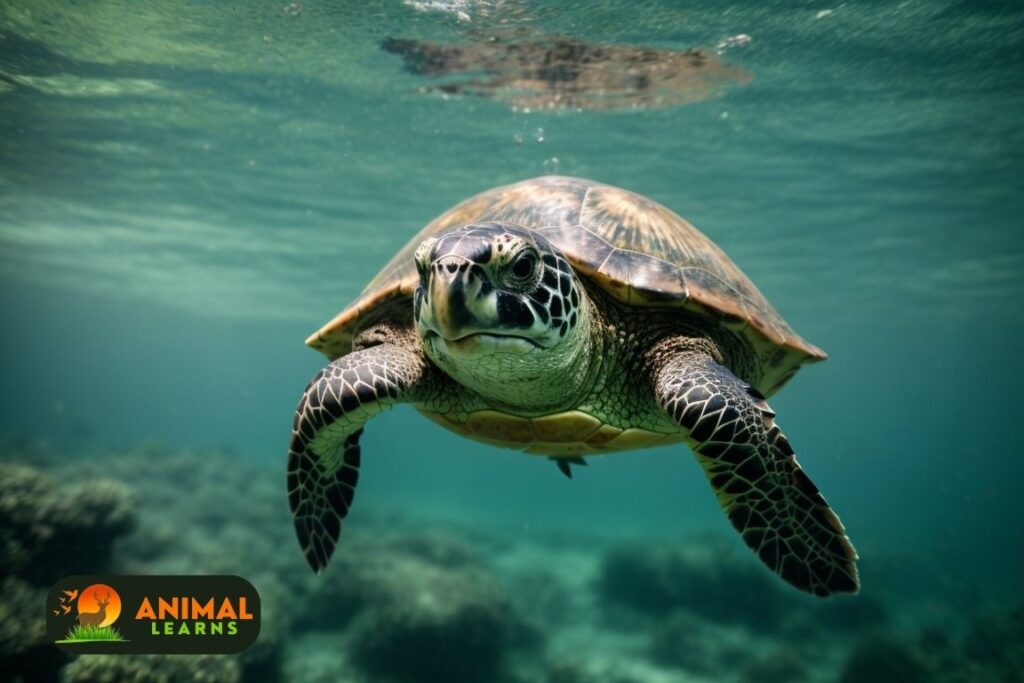
All tortoises and terrapins are considered members of the Reptilia class, which includes creatures with bone shells, such as turtles! The Tetsudines order has about 360 different species of turtles, while some have been extinct over time.
Within the Tetsudines order, there are two primary groupings, or suborders, that all living turtles belong to. The Pleurodira, or side-necked turtles, and the Cryptodira, or hidden-neck turtles, are these suborders.
They categorize turtles according to how they draw their necks into their shells, as suggested by the popular names of these groups. All turtles can utilize their thick, bony shells as a makeshift refuge, bringing their heads and limbs inside in situations when they could be in danger from predators or have been injured.
The Pleurodira suborder of reptiles includes the side-necked turtle, which can’t just slide its head under its shell as the hidden-neck turtle can. Instead, it has a longer neck than the latter. The heads of side-necked turtles must be drawn in at an angle and their necks must be bent horizontally.
To protect their necks and limbs, many have lengthy carapaces or the tops of their shells. Compared to Cryptodira, this group is smaller and only includes freshwater turtles.
What is a turtle?
One of the distinguishing features of turtles is their bony shell. The shell is composed of two sections: the lower portion called the plastron and the upper portion called the carapace. The turtle’s ribs hold its shell to its body, which protects it from predators.
Turtles come in more than 360 different kinds, with the smallest being the 2-inch-long speckled padloper and the largest being the enormous leatherback sea turtle, which can reach a length of 10 feet and a weight of over 2,000 pounds.
Turtles may be found in freshwater, marine, and terrestrial areas, among other types of habitats. They are ectothermic, which means that their environment controls how hot their bodies get. Their lengthy longevity and sluggish metabolism are well-known traits. There are species of turtles that may live up to 100 years.
What about sea turtles?
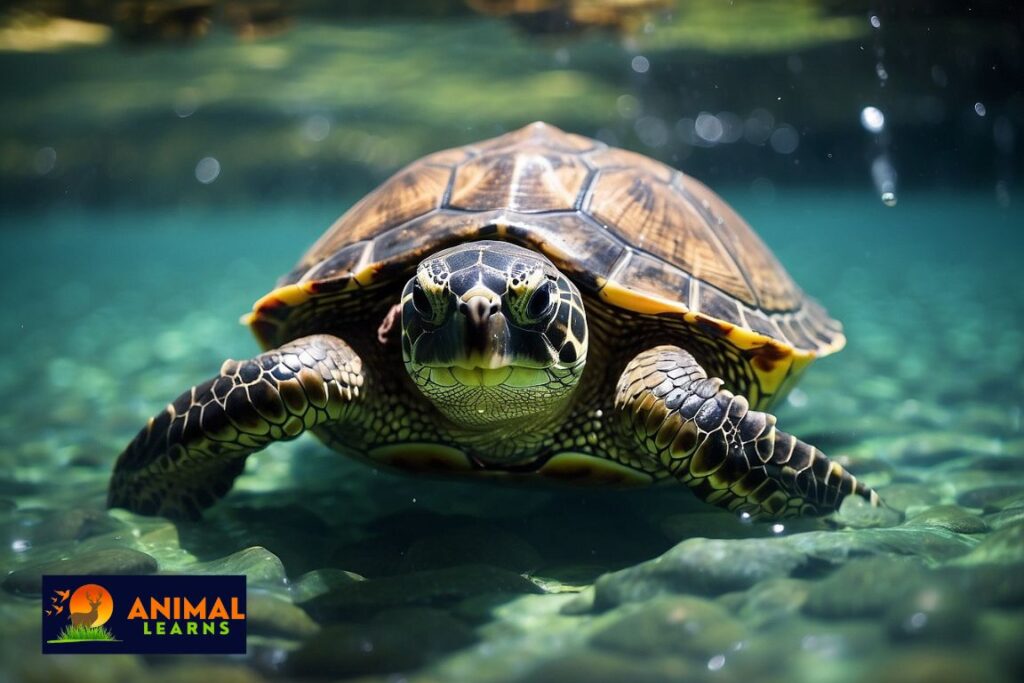
Sea turtles are reptiles even though they live in the water for most of their lives. Sea turtles lack permeable skin, they lay their eggs on land, their young are born with a turtle-like appearance, and they must surface constantly to breathe. Sea turtles and snapping turtles are also reptiles, so don’t be fooled by the distinctive fins of these species.
What Animals are Classified as Turtles?
Reptiles, such as turtles, are included under the Testudines order and are distinguished by their aquatic or terrestrial environments and bone shells. Are turtles reptiles or amphibians? The fact that they are classified as reptiles due to their cold-blooded constitution and ability to breathe air provides the solution.
There are three varieties of “turtles” in existence today: terrapins, tortoises, and turtles. Where the three of them reside is the primary distinction between them. While tortoises spend their whole lives on land, terrapins alternate between the two aquatic environments.
To be considered a turtle, an individual must possess four legs, a bony shell, a lack of teeth, and be cold-blooded. The biggest characteristic that sets a turtle apart is its shell. Their shells create a skeletal box because they attach to the turtle’s body on all sides and have a top and bottom.
Except in Antarctica, turtles are found worldwide. They range in size from four inches to four feet, a significant variation in size.
What’s the Difference Between Turtles, Tortoises, and Terrapins?
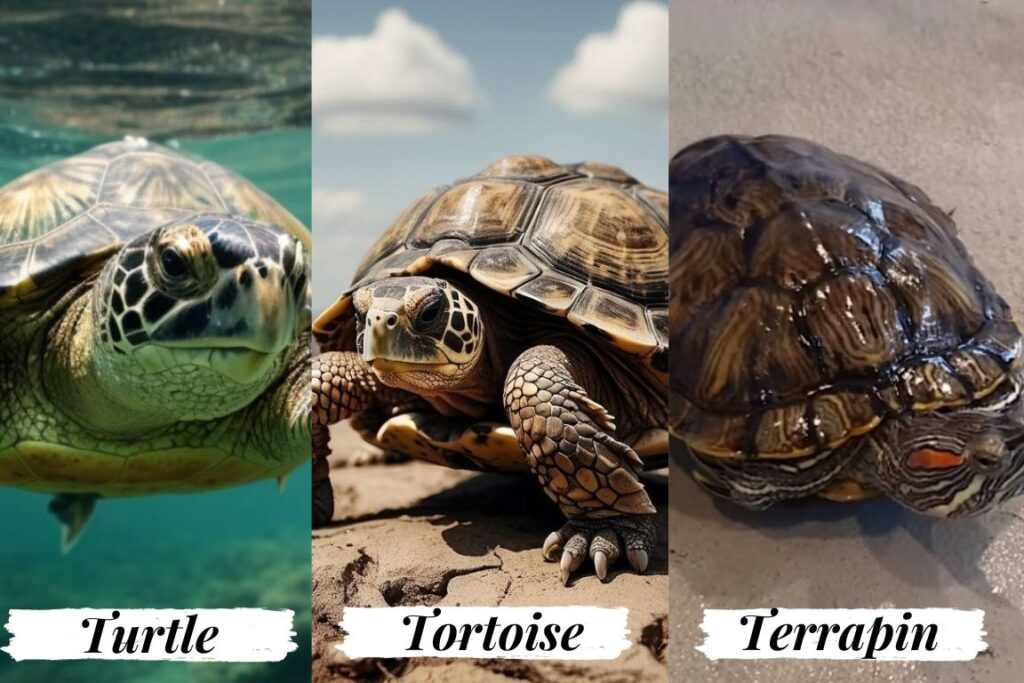
In essence, all terrapins and tortoises are considered to be part of the turtle family, however, not all turtles are either of these animals! Large-bodied, solely terrestrial creatures, tortoises are often considerably more adapted to digging than swimming. One type of small-bodied turtle that lives in freshwater is the terrapin.
The Testudinidae family comprises all species of tortoises. Turtles such as the Russian tortoise and the gigantic tortoise of Aldabra belong to this category.
Terrapins, on the other hand, do not belong to a single family; instead, they might belong to several separate families, including Geoemydidae and Emydidae. Diamondback terrapins, European pond terrapins, and red-eared sliders are examples of terrapins.
The anatomy of their foot is one of the main distinctions between terrapins and tortoises as well as turtles. Because they are more terrestrial, tortoises have larger, thicker feet with ridged scales that are ideal for digging.
Most turtles and terrapins are partially or completely aquatic. Certain species, such as sea turtles, live mostly in the water. To aid in swimming, they have webbed, flatter, more flipper-shaped feet.
The size and form of their shells are other characteristics that set tortoises apart from other types of turtles. For defense against predators, tortoises typically develop very big, thick, dome-shaped shells that resemble tanks.
In general, the shells of turtles and terrapins are lighter, thinner, and flatter. They are therefore more adapted to swimming and maintaining their buoyancy in water.
Are Turtles a Good Idea for a Children’s Pet?
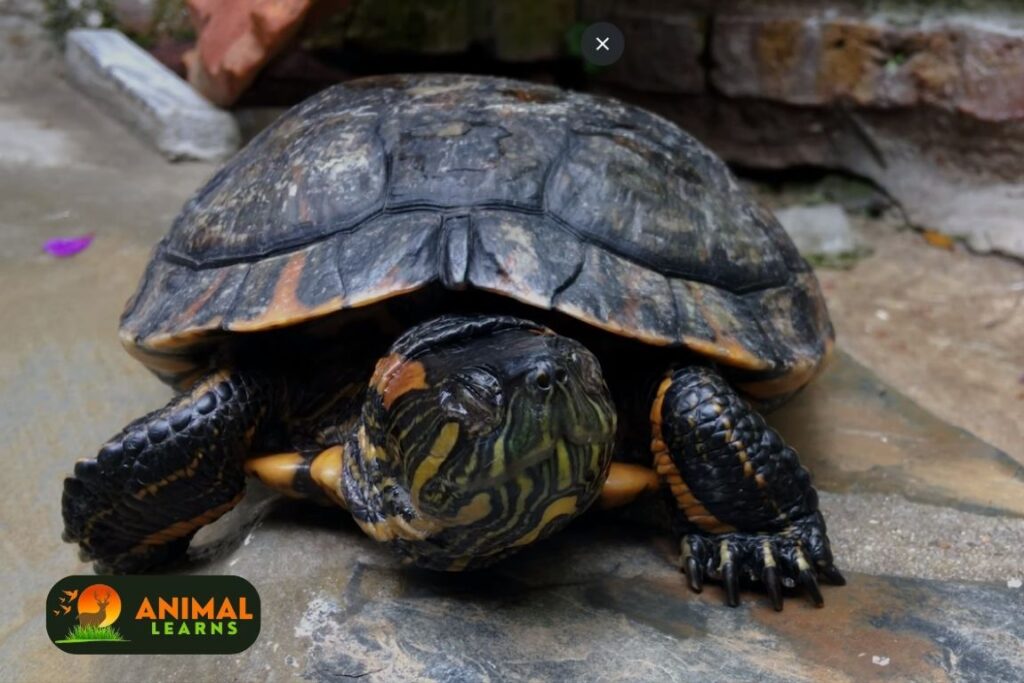
Although they are great pets for kids, you should think about if they are the right fit for your family before getting one. Compared to other pets like dogs or cats, they require less maintenance and are fun to watch.
Contrary to common assumption, however, keeping turtles may be quite expensive since they need specialized care to be healthy. You will need to buy a terrarium, ideally big enough to give the turtle ample room to roam about.
It is best to choose one that can be filled halfway with water and the other half empty. Daily cleaning of the terrarium is also required to get rid of additional things and turtle droppings.
What makes reptiles and amphibians special?
Reptiles and amphibians are classified as vertebrates, along with fish, birds, and humans. This implies that, in contrast to bugs or jellyfish, humans all have backbones. Fish live their whole lives in water, but most birds and mammals are terrestrial creatures.
However, the other groups are unique in that they receive a small amount of each (we’ll explain that in a moment). Furthermore, humans have warm blood, but these guys have chilly blood.
This implies that while we produce our heat, we require blankets, sweaters, and sweat to trap it or release it. Because they absorb heat from their surroundings, reptiles usually choose to live in warmer regions and hibernate throughout the winter. Reptiles and amphibians differ in a few important ways, though.
Do All Turtles Have Shells?

A bone and keratin shell is one of the primary characteristics shared by all turtles, including tortoises and terrapins. This is what makes all turtles alike.
The carapace and the plastron are the two primary components of every turtle shell. The bigger portion of the shell that covers the top and sides of the turtle’s body is called the carapace. The tiny portion of the shell covering the turtle’s abdomen is called the plastron.
The whole shell is composed of several smaller, linked bones, known as the plastron and carapace. Plastron carapaces typically have about 10 bones, whereas the majority of turtles have between 50 and 60 distinct bones.
The turtle’s ribs and spine are partly connected to the carapace. Furthermore, the sternum and ribs of the turtle are united with the plastron. This indicates that, in contrast to hermit crabs, their shells are fused to their bodies.
As we said previously, the shells of land-dwelling tortoises are usually bigger, heavier, and more formed like a dome. The lighter, flatter shells of aquatic turtles and terrapins prevent them from becoming burdened when swimming.
Scutes are dense, interconnected scales that cover the surface of a turtle’s shell. They are formed of keratin, just like the scales of other reptiles.
Bony shells are seen on even soft-shelled turtles in the Trionychidae family! The bones are simpler and much smaller than those of the majority of other turtles, though. They have a softer, more flexible structure as a result. They have no scutes either.
With their distinctive characteristics and intriguing habits, the varied world of turtles enthralls us and begs the age-old question, “Are turtles reptiles or amphibians?”—a question that highlights the intricacy of these amazing animals and challenges us to learn more about the nuances of their classification.
Conclusion
One unanswered issue remains in the last investigation of the fascinating world of turtles: Are turtles reptiles or amphibians? Turtles are not amphibians; they are reptiles.
Amphibians are creatures that transition from aquatic larvae to terrestrial adults by spending a portion of their lives in the water and on land. Turtles, on the other hand, never change form; they are always terrestrial or aquatic.
Amphibians have smooth, wet skin, and turtles have scales. Eggs are laid in water by amphibians, but on land by turtles. While amphibians breathe via their lungs as adults and through their gills as larvae, turtles breathe air.
FAQs
Are turtles reptiles or amphibians?
Turtles are unequivocally reptiles.
What defines turtles as reptiles?
Turtles exhibit key reptilian traits, including being cold-blooded, having four legs (or fins), and sporting hard, impermeable scales on their bodies.
How do turtles reproduce?
Despite their aquatic lifestyle, turtles lay hard-shelled eggs on land, a distinctive reptilian reproductive characteristic.
What distinguishes turtles from amphibians?
Unlike amphibians, turtles have a tough, impenetrable shell, while amphibians typically have smooth, water-permeable skin.
Do all turtles live in water?
Turtles can inhabit both saltwater and freshwater environments, and the term “turtle” encompasses all members of the order Testudines, including those residing on land.








